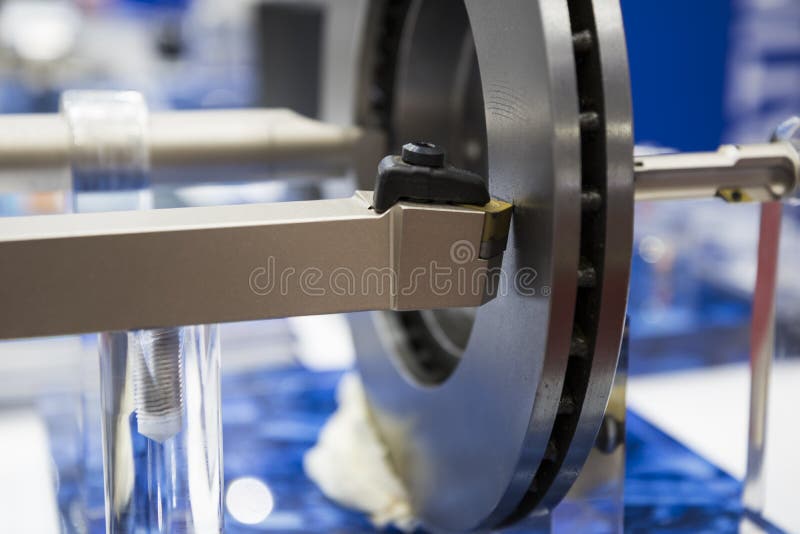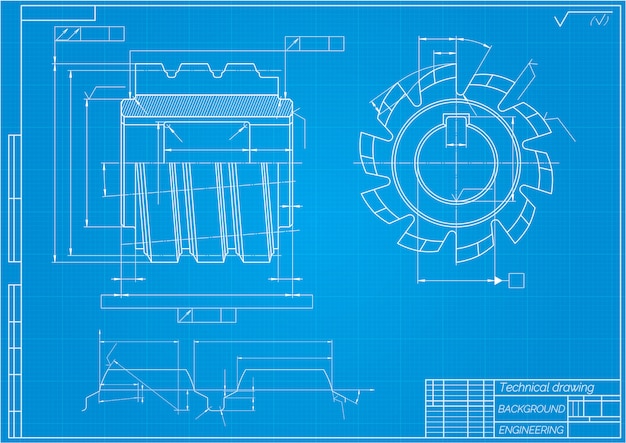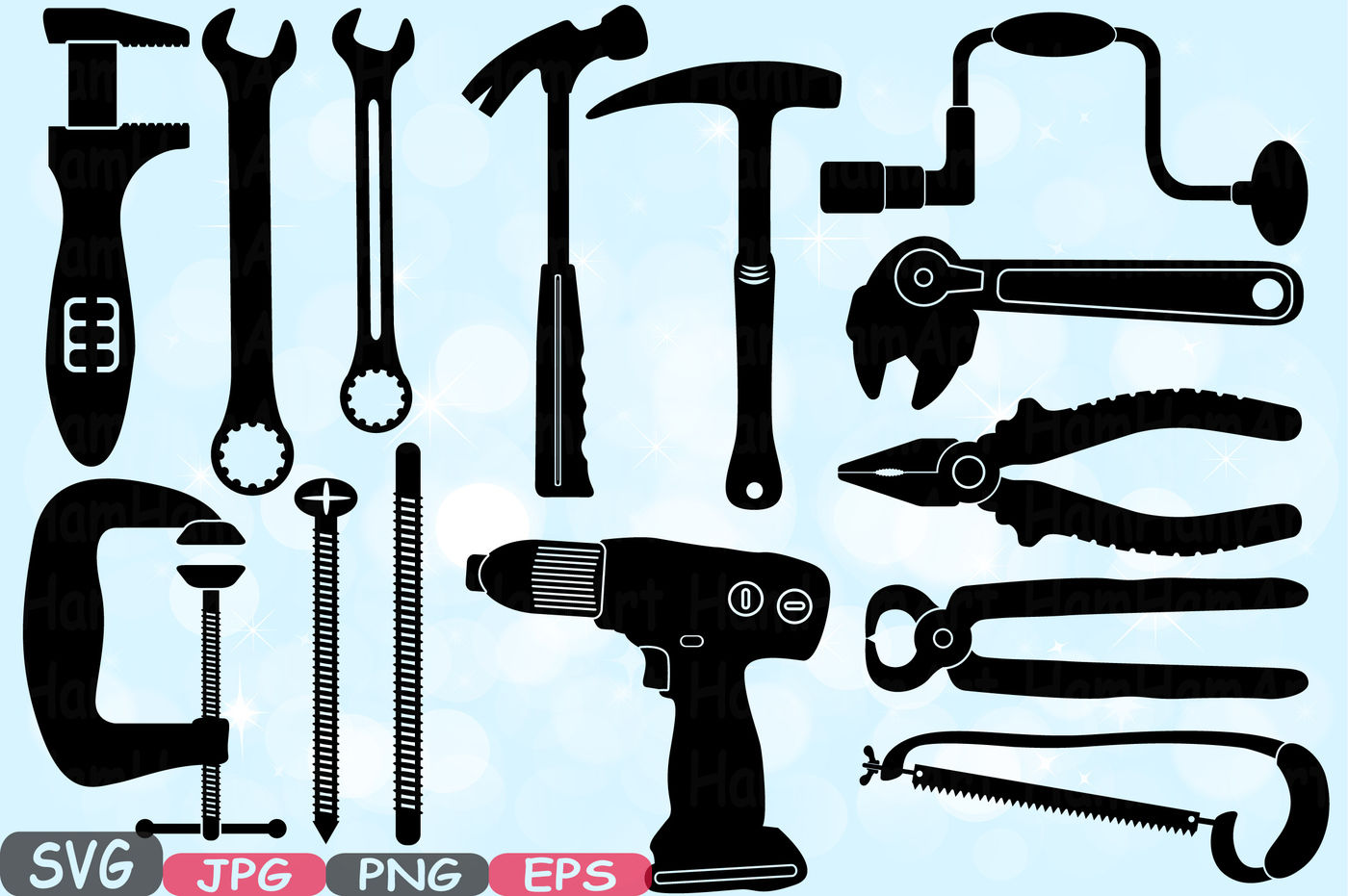Despite growing use of composite materials, today’s automobile remain a large piece of metal. Whether metal components and assemblies are tack-welded, seam-welded or riveted; they must all at some point be cut. For professional automotive mechanics and those who have received collision technician training through a certified collision repair school; this has long meant gas torches, cutting discs and saws. Revolutionary advances in metal-cutting technology are poised to change all of this.

- To help complete a mechanic's tool box the mechanic will need both types of wrenches, Allen wrenches, a ratchet and socket set and a high powered air ratchet wrench. The air ratchet wrench will aid in harder tasks where more than muscle is needed to remove bolts and nuts.
- In machine tool: Cutting tools. Metal-cutting tools are classified as single point or multiple point. A single-point cutting tool can be used for increasing the size of holes, or boring. Turning and boring are performed on lathes and boring mills. Multiple-point cutting tools have two or more cutting edges Read More; application of abrasives.
- Definition of cutting tool. It is a sharp edged wedge shaped device used to remove excess material from workpiece during machining. Examples of cutting tool include turning tool, drill, milling cutter, reamer, broach, etc. Its geometrical features, classification and materials are also discussed here.
Hand Tools Hand tools are still an essential part of an auto mechanic's tool set. All commercial garages have pneumatic wrenches to make life easier, but hand wrenches or pliers still need to be.
While traditional tools remain useful in low-volume applications that do not require a high degree of precision; new tools such as water jets, plasma cutters and computer-guided cutting lasers are gaining ground every day. These tools have long been employed in automotive manufacturing and now find acceptance in the collision-repair and vehicle-restoration trades.
These advanced tools offer advantages over traditional means; including very high speed, error-free repeatability and greater accuracy – along with reduced waste and material costs. In manufacturing and restoration industries, these cost-reducing and quality-driving measures have changed how we build and repair today’s vehicles. Below, we outline how these new cutting technologies function.


- Electrical Discharge Machining (EDM): This process uses high-voltage electrical spark to cut through metal. An electrode composed of either zinc-coated brass or molybdenum is negatively charged. This electrode will emit a spark when it comes near its positively charged counterpart. While this method produces cuts that are accurate to within 0.0001 inch, it is slow when compared to laser or plasma cutting – and only cuts those materials that can conduct electrical current.
- Cutting Lasers: A high-energy laser can cut metal very quickly. It is effective on both aluminum (up to a thickness of 0.34 inch) and steel (up to 0.5 inch) sheet. This method is most-effective when used on materials of high quality and low levels of impurity. On lesser-grade materials, laser cutting can often produce inconsistent or sloppy cuts. In some cases, impurities can even damage the laser itself.
- Plasma Cutters: The plasma cutter passes a stream of ionized gas over a negatively charged electrode located within the output nozzle of the cutter itself. At the same time, the metal surface receives a positive charge. As the negatively charged gas comes into contact with the positively charged metal, it reacts. The area of contact heats to an astonishing 20,000°F-50,000°F that will cut through even the most-resilient metals quickly and easily.
- Waterjet Cutters: The modern waterjet cutters use a high-pressure jet to apply a stream of water to which an abrasive compound has been added in a process similar to sandblasting or beadblasting. Focused into a narrow jet, this abrasive stream can cut metal up to 10 inches with great accuracy. The speed and accuracy of this process – along with the fact that it also works on non-metallic materials – make it popular in custom-fabrication, prototyping, and Computer-Aided Design (CAD) applications.


To learn more about how today’s collision-repair professionals with advanced technical training are learning to incorporate these skills and more, download our free collision repair eBook:
Cutting Tools (types)the Mechanic Jobs
